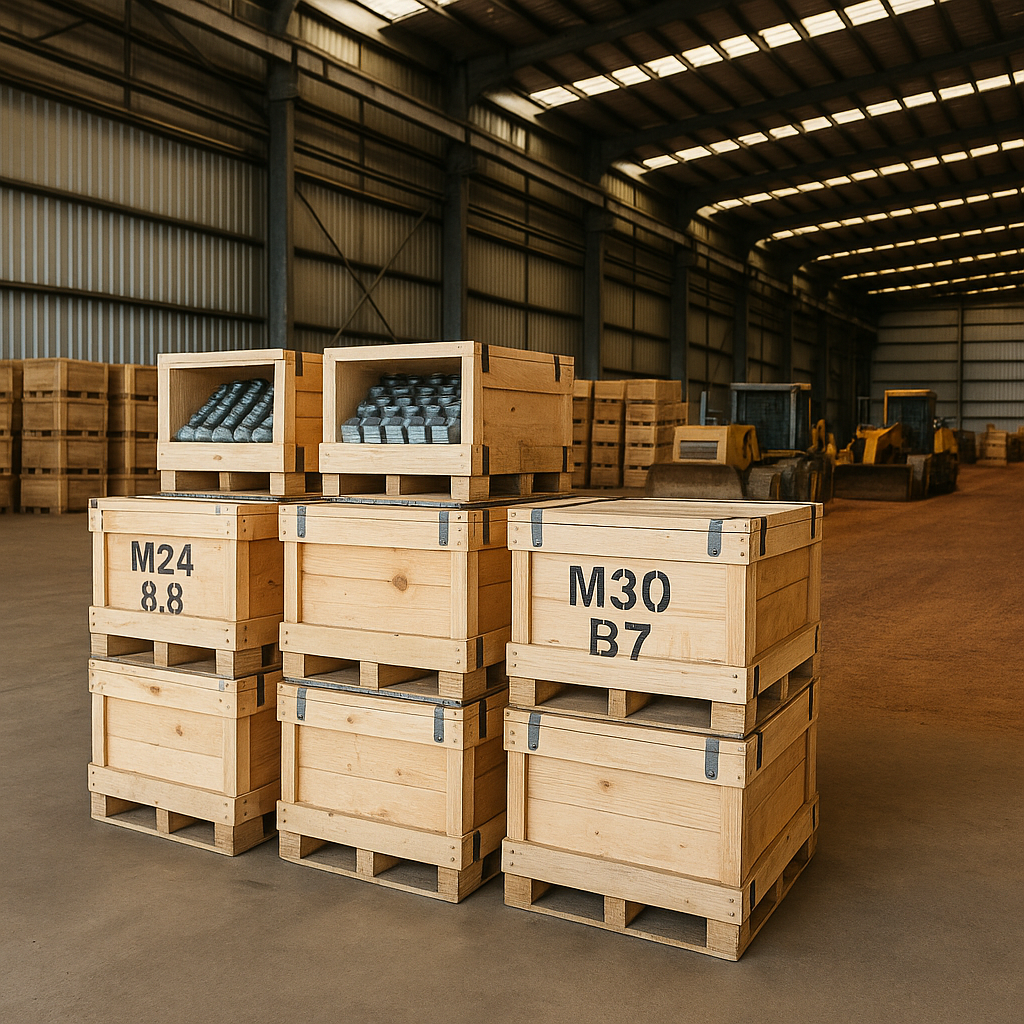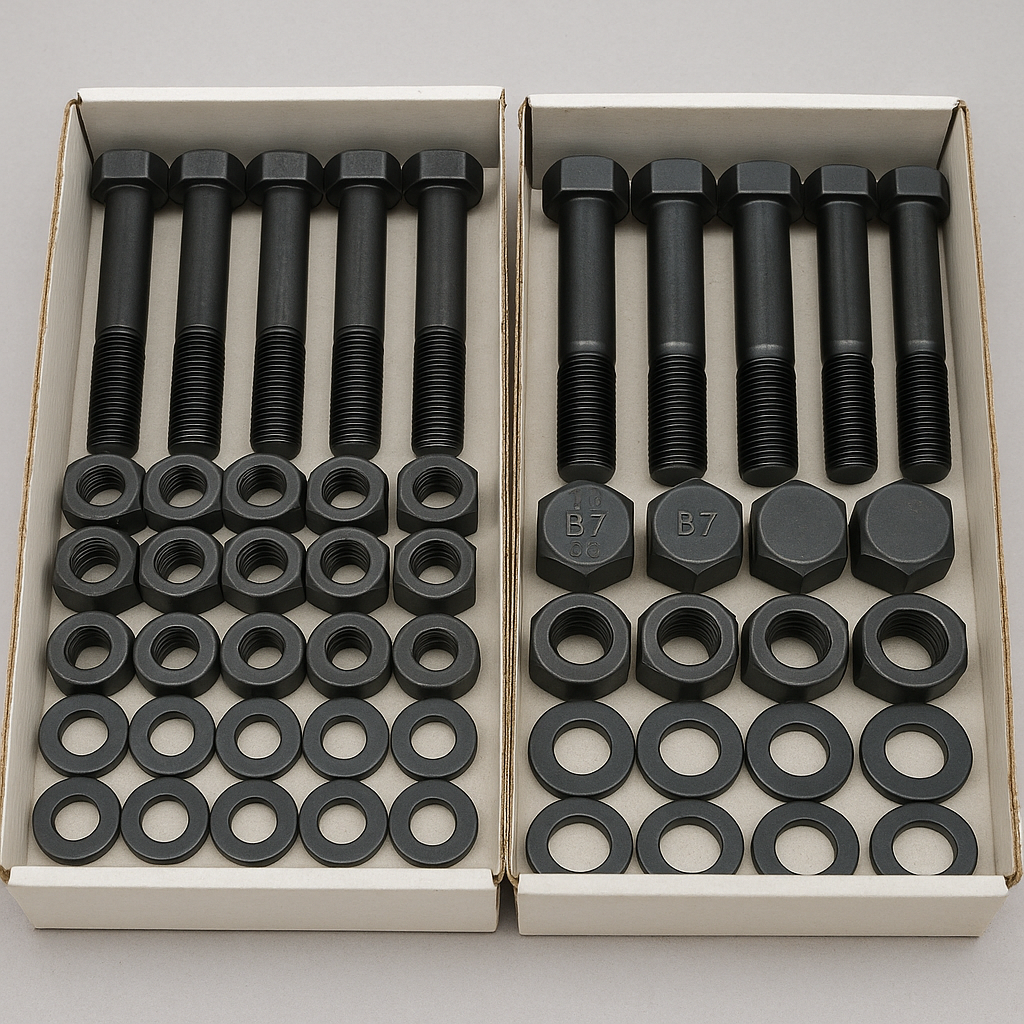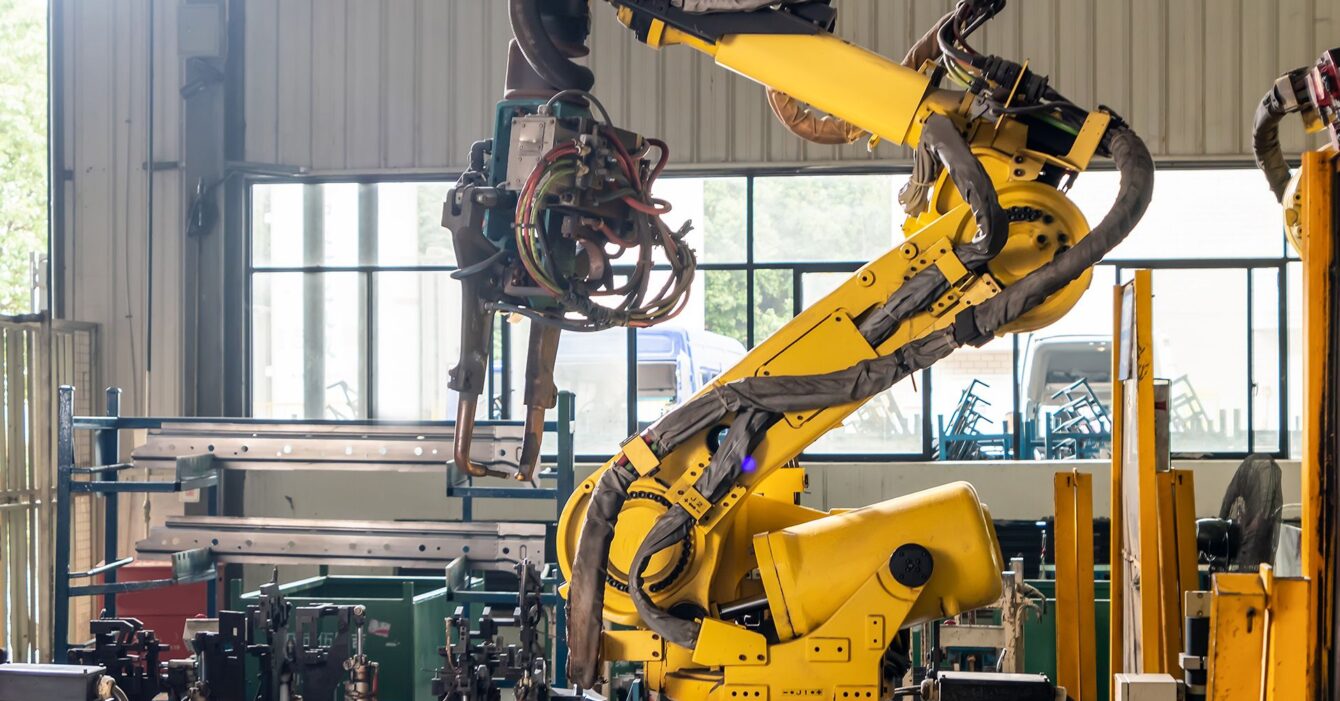In Outback Western Australia, roads are more than asphalt and gravel. They are lifelines connecting remote communities, medical services, and food supplies. When these roads break down, entire towns can feel cut off. That’s why timely maintenance is crucial. In mid-2024, a government contractor faced a serious problem: their graders and excavators sat idle for weeks waiting on bolt kits. We teamed up with them to solve this supply-chain headache, cutting lead times from 8 weeks to just 3 weeks, boosting equipment uptime by 20 percent, and saving 30 administrative hours every month. Here’s how we did it.
The Challenge
Remote Location
The job site was 500 km from the nearest port. Imagine driving from Perth to Kalgoorlie twice without refilling the tank. Every spare part needed a long journey before it even reached the workshop.
Critical Parts Needed Quarterly
Each quarter, the contractor needed three full bolt-and-nut kits for its grader and excavator fleet. These kits included M24 8.8 bolts and M30 B7 fasteners—high-strength hardware essential for safe, reliable road grading.
Long Local Lead Times
Local suppliers quoted an 8-week delivery window. That meant graders and excavators were offline for up to two months each time they needed a simple hardware replacement. At a rough cost of $1,200 per machine-hour lost (including operator wages, fuel, and project delays), those idle weeks quickly added up to tens of thousands of dollars in wasted resources.
Road graders and excavators work like giant chainsaws cutting through hard-packed dirt. A missing bolt is like a broken link in a chain—you can’t run half a chain and hope for the best. When machines are sidelined:
Safety Risks
Using worn or makeshift hardware increases the risk of failure. A bolt that shears off under vibration can lead to expensive mechanical damage or, worse, operator injury.
Project Delays
Dirt roads don’t build themselves. Every day lost pushes back maintenance schedules, delays emergency access, and frustrates local communities relying on smooth transport.
Cost Overruns
Idle machines still incur costs—depreciation, insurance, and crew wages—even when they’re not on the road. At 25 machines in the fleet, every day of downtime was a significant line item in the contractor’s budget.


We designed a four-part plan that tackled the problem from end to end:
Digital Inventory Alerts
We implemented a simple mobile app that tracked on-site stock levels. When a kit count fell below the reorder threshold of 2 kits, the system sent an automatic alert to both the contractor’s purchasing team and our logistics desk. This “just-in-time” reminder meant orders went in before parts ran out.
Quarterly Sea-and-Rail Schedule
Instead of waiting for ad-hoc shipments, we set up a fixed calendar. Every quarter, kits would depart our manufacturing hub by sea, arrive at Fremantle Port, and then travel by rail to Perth. From Perth, they’d truck out to the Outback site. This reliable cycle cut uncertainty and eliminated “waiting for parts” delays.
Buffer Stock in Perth
We pre-positioned extra kits in a secure warehouse in Perth. That way, if a shipment hit a customs snag or unexpected demand spike, the contractor could draw from local stock within 24 hours—no digging into emergency air freight, which can cost 5 times more.
Certified Bolt Kits
Each M24 8.8 and M30 B7 kit came with a certificate of origin and material test report. These documents satisfied both the contractor’s quality standards and the Australian Customs requirements, avoiding inspection hold-ups.
Results
Our streamlined approach slashed lead times by 62.5%, cutting delivery from eight weeks down to just three each quarter. That boost in reliability pushed equipment uptime from 75% to 95%, which for a 25-machine fleet meant roughly five extra days of productive work every week—around $6,000 in weekly savings by avoiding idle hours. At the same time, our digital alerts and fixed shipping schedules freed the procurement team from 30 hours of monthly order-tracking and supplier follow-ups, letting them focus on preventive maintenance instead. And by doing away with costly emergency air freight, we helped the contractor dodge nearly $45,000 in premium shipping fees over the year.
Key Takeaways
- Predictable Scheduling Beats Panic Orders
-
Local Buffer Stock Is Your Safety Net
-
Quality Certifications Smooth Customs
-
Digital Alerts Keep You Ahead of the Curve







